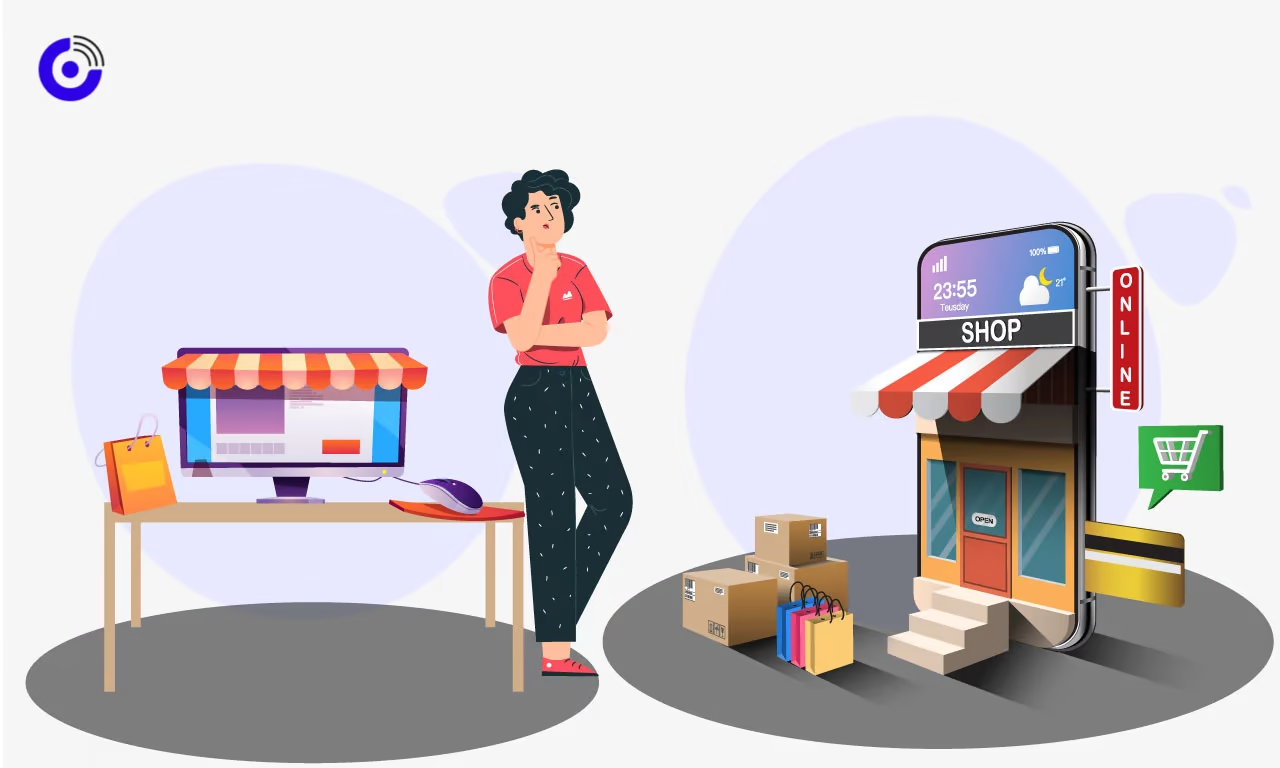The marketing industry is constantly evolving and undergoing major evolutions. There is a trend towards personalized marketing methods that involve one-to-one communication from the basics of mass marketing. The role of many different devices used by users and the channels they prefer for communication is very important in this direction. The effectiveness of television advertisements, print media and even e-mail marketing has been in decline lately. The situation is different when it comes to Omnichannel Marketing. Customers are one step ahead of marketers.

Omnichannel marketing, that is, multi-channel marketing method, is a type of marketing that basically means that the brand offers a perfect customer experience regardless of the channel or device. Today, consumers can interact with a brand not only in a physical store, but also through social media, through a catalog, by accessing online websites or by downloading mobile applications. In the same way, today’s consumers can search for a brand by calling them, using mobile applications or reaching them via laptop, tablet or PC. The fact that consumers can process their experiences flawlessly in each channel forms the basis of omnichannel marketing.
How is Omnichannel Marketing Done?
There are certain points to be careful while developing an Omnichannel Marketing strategy. For a fully omnichannel marketing experience, it is necessary to understand very well where the customer comes from, where he is going, and their demands and requests.
Understand the customer.
It is necessary to regularly follow all the processes that customers go through while researching, purchasing and connecting with the product. It is necessary to test these experience processes by ordering tests on the site or by doing this through existing channels.
Measure everything.
With the developing technology, it is possible to measure the success that people add to the brand, as well as to evaluate the results of individual campaigns. All data related to how the consumer behaves both on the online website and in the physical store can be collected. Thanks to this information, special campaigns and promotions for that consumer can be offered.
Segment the target audience.
It is an important task to determine which data will be useful among the obtained data. When this can be done, the user base can be effectively segmented. When we look at the international omnichannel marketing examples, we see that many successful brands resort to marketing automation. Thanks to this method, which can create rich profiles about customers, a perfect customer experience can be offered in every channel served.
Develop content that identifies with user behavior.
If the customer has added a product to his cart but has not bought it yet, it is possible to buy that product by using strategic and effective content and of course without forcing the customer. There are very successful and effective omnichannel examples both globally and in Turkey.
Don’t be limited to just sales and marketing.
The brand’s R&D team, product team, marketing and sales team, and customer relations team need to listen and respond to the customer. A large part of the customer-focused approach aims to provide a better experience to its customers. If the customer relationship management knows how to use the data correctly, it listens to the customers from the most accurate point and responds from the most correct point. This means a brand that can meet customer needs one-on-one and stay one step ahead of its competitors.
Optimize customer preferred channels.
In order to be a successful brand, it is necessary to be included in the channel of each device and listen to the customer. For example, if you are an e-commerce brand, you need to optimize the shopping cart experience across all owned channels. In other words, when a customer adds a product to his cart from the mobile application, that product must be in the cart when he enters the website.
Does Omnichannel Marketing Have Challenges?
The most common challenge that brands face in omnichannel marketing is that they do not know the difference between omnichannel and multi-channel marketing.
Multi-channel marketing is the ability to communicate with customers on different platforms. A website, a promotional event, a print ad, or even the packaging of a product can be considered a potential channel for a brand.
Omnichannel marketing means creating an optimized and integrated shopping experience across all these multi-channel platforms. The quality and effectiveness of the consumer’s experience on the website or mobile application should not be lost.









